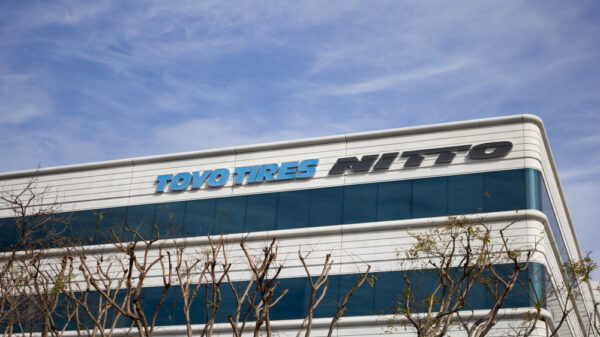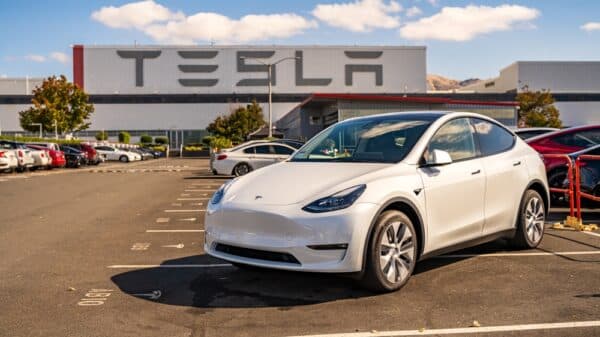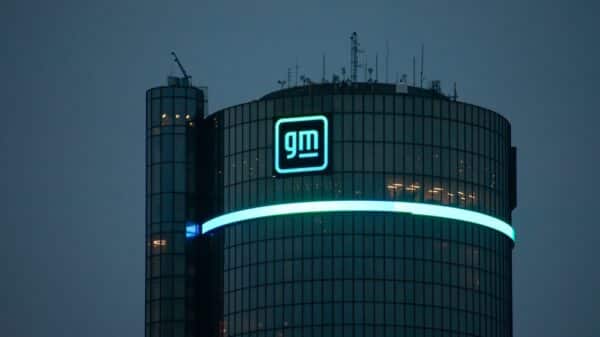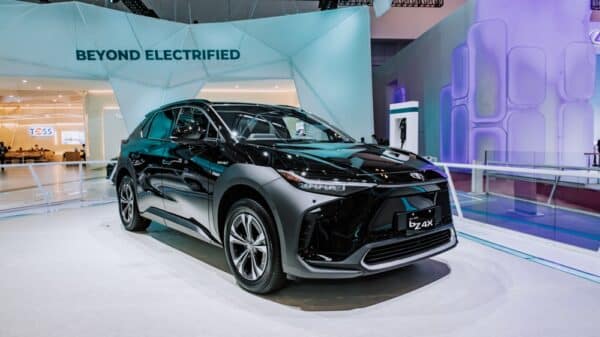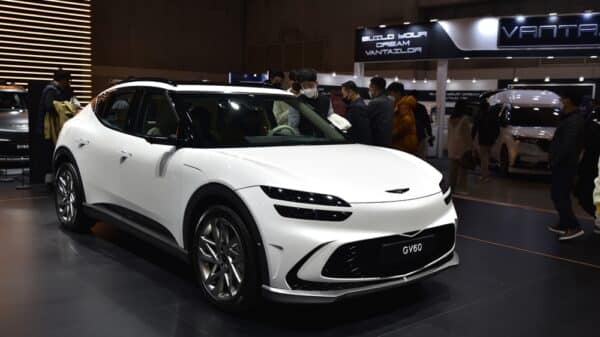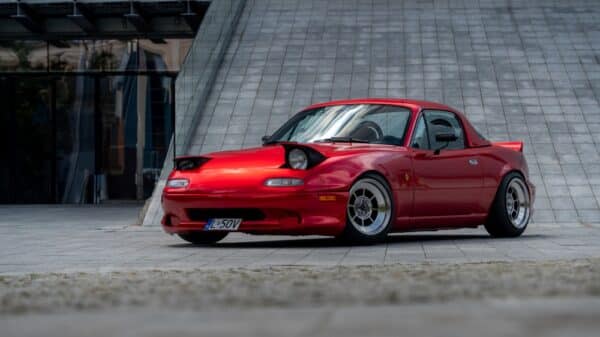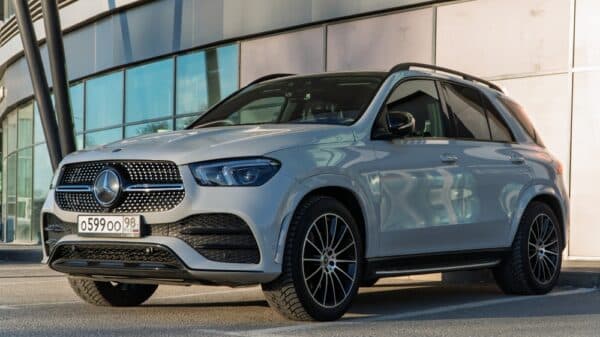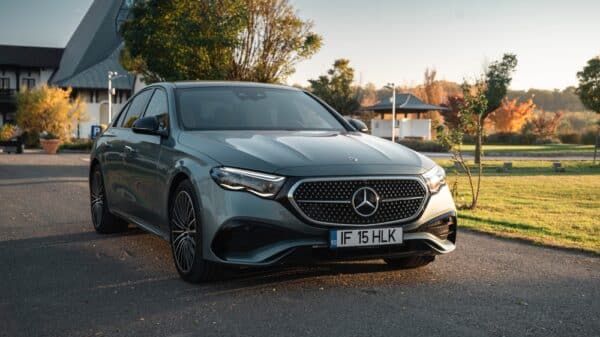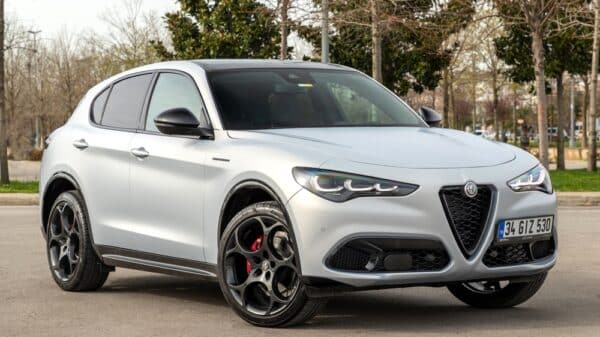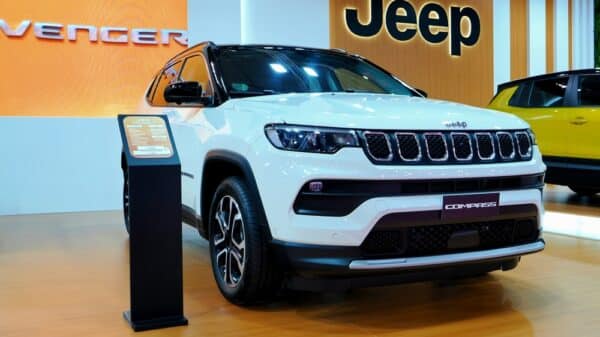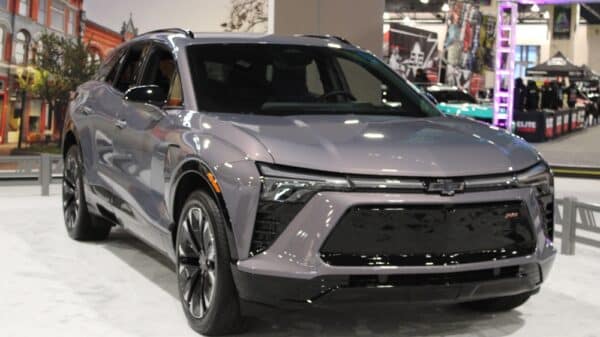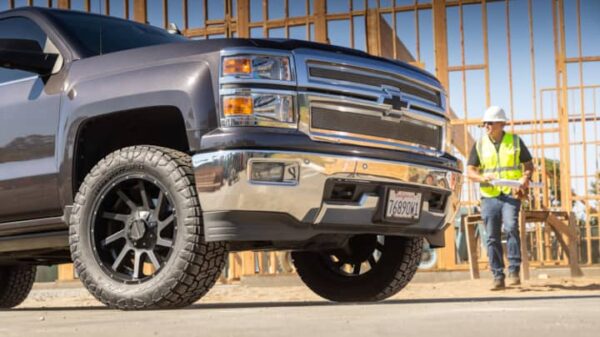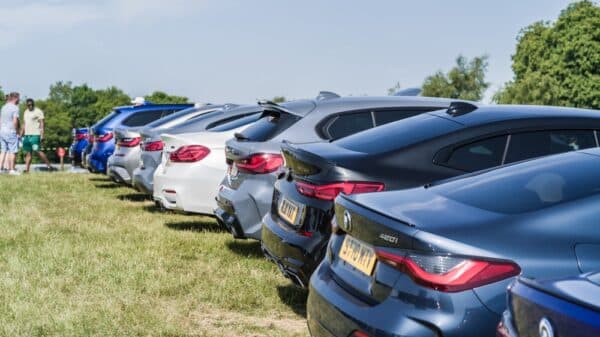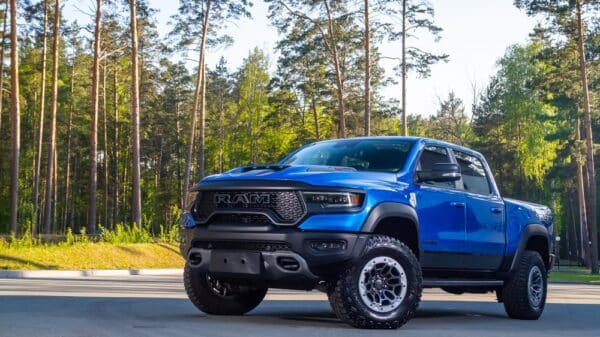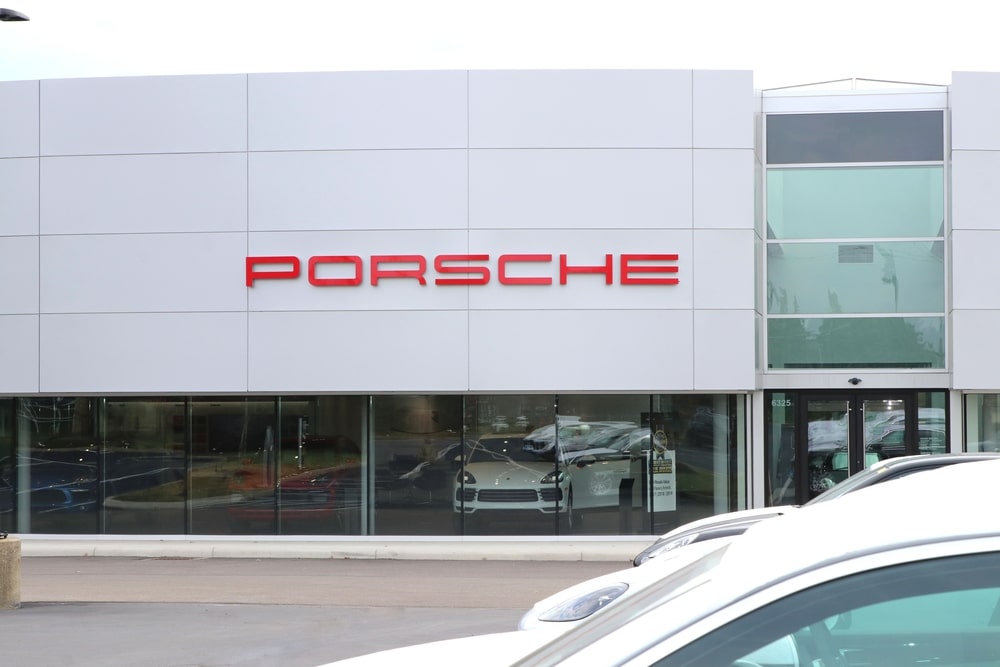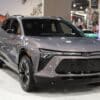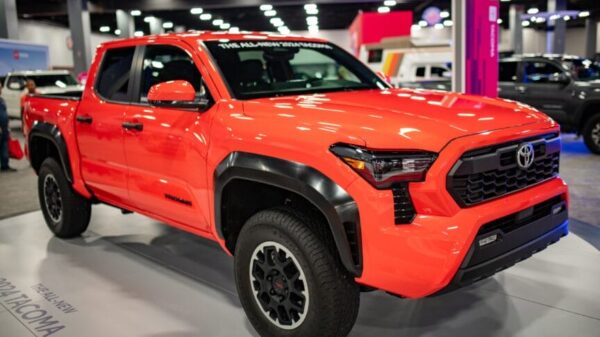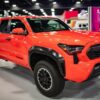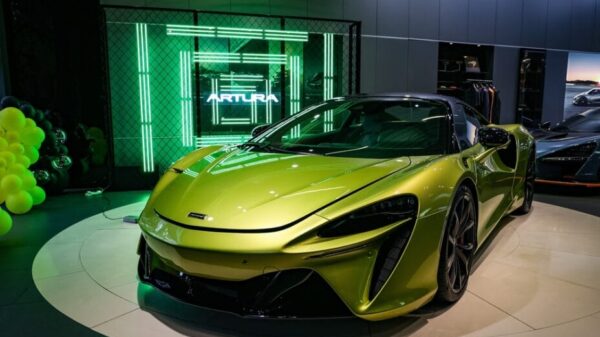Audi and Porsche have recently made headlines with significant job cuts that reflect a broader trend across the automotive industry. With both brands part of the Volkswagen Group, they are facing a challenging landscape marked by declining sales and the pressing need to transition to electric vehicles.
Last week, Porsche announced plans to eliminate 3,900 positions by 2029. Shortly after, Audi revealed its intention to cut a staggering 7,500 jobs in the same timeframe. What’s worth noting is that Audi has already reduced its workforce by approximately 9,500 positions since 2019, primarily in production. The new cuts, however, will focus on non-production roles such as administration and development—a shift that highlights the changing priorities in the face of evolving market demands.
For many, this news hits hard. Job cuts can evoke feelings of uncertainty, anxiety, and concern for the future—especially for those who have dedicated years, if not decades, to their careers in these respected brands. The companies plan to minimize the impact by relying on retirements, voluntary measures, and the expiration of fixed-term contracts. Yet, even these measures can’t fully ease worries over job security in a time of transition.
These actions come amidst a larger wave of layoffs. Just last December, Volkswagen announced a plan to cut 35,000 jobs across its brands by the end of the decade. Adding the anticipated 1,600 cuts from the Cariad software division, the total job losses linked to the Volkswagen Group now approaches an astonishing 48,000.
If you’re feeling unsettled by such widespread changes, you’re not alone. Both Audi and Porsche are grappling with declines in sales, particularly in China, and facing escalating costs as they pivot towards electric technology. The potential for tariffs in the U.S. market could further compound these challenges, putting additional strain on profit margins.
Just before the announcement of layoffs, Audi decided to close its plant in Brussels, which produces the Q8 E-Tron electric midsize SUV, citing disappointing sales. Such drastic measures reflect the difficult decisions companies must make to remain viable amidst rapidly shifting consumer preferences.
However, it’s not all doom and gloom. Despite these cuts, both Audi and Porsche are committing to investing in their futures. Audi has plans to introduce a new entry-level electric vehicle (EV) at its Ingolstadt plant, likely an electric A3, which is currently in production. They’re also exploring the addition of another model in Neckarsulm, signaling a focus on innovation and adaptation.
On the Porsche side, exciting developments are in store as well. The company is preparing to launch an electric version of the Cayenne alongside its traditional gas-powered counterpart next year. Furthermore, by 2027, they expect to unveil a new three-row flagship battery-powered SUV. There’s also talk of introducing a gas-powered SUV to accompany the electric Macan, indicating that Porsche is dedicated to offering diverse product options even as they transition towards electrification.
As we witness this transformative phase in the automotive world, it’s clear that both Audi and Porsche are making tough but necessary decisions. For employees and industry observers alike, it can feel daunting. However, the emphasis on innovation and upcoming products shows that these iconic brands are not giving up; they are adapting in hopes of thriving in a future where electric vehicles become the norm. In this rapidly changing landscape, it’s essential to stay informed and engaged as these changes unfold, ensuring we can understand and navigate the future of automotive manufacturing together.
Image Source: Eric Glenn / Shutterstock



